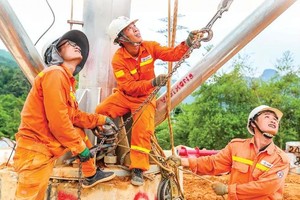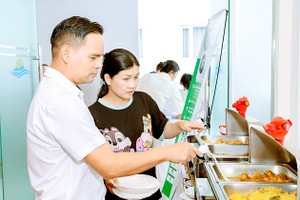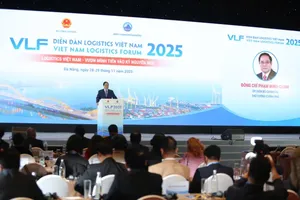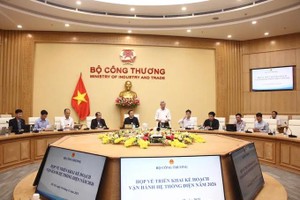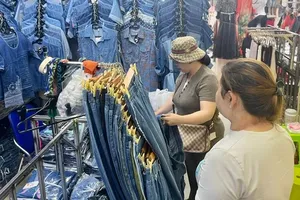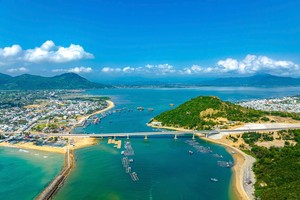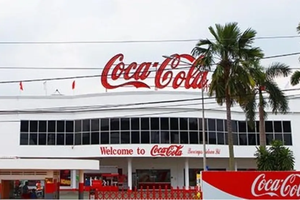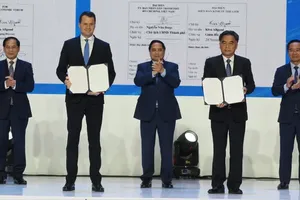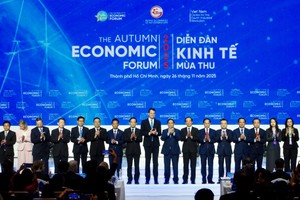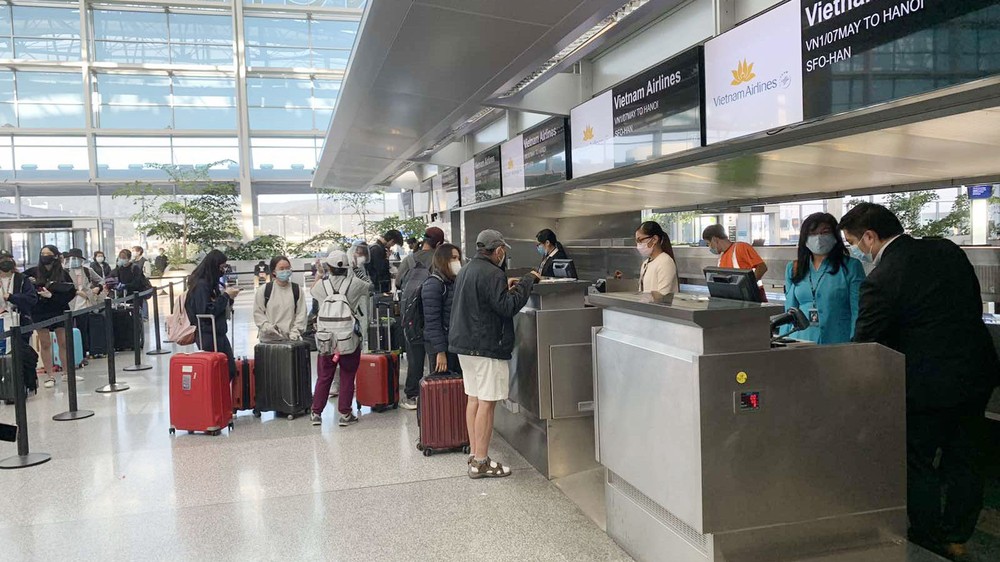 VABA asks relevant authorities to study and adjust the domestic ceiling price bracket for airlines to promote the recovery of the industry. (Photo: SGGP)
VABA asks relevant authorities to study and adjust the domestic ceiling price bracket for airlines to promote the recovery of the industry. (Photo: SGGP)
"Vietnam's aviation market is growing rapidly on the recovery trend but not evenly in all segments," VABA's chairman Pham Viet Dung said at a national conference between the Prime Minister and businesses last week.
According to Dung, the domestic market has fully recovered compared to before the pandemic, with domestic passenger transport increasing by 12 percent compared to 2019, but in contrast, the international market has recovered very slowly.
At the same time, revenue was disproportionate due to increased fuel prices and some input prices, airlines still suffered losses, and liquidity did not improve much, the VABA chairman said.
To cope with these difficulties, Dung said aviation businesses have made important changes, especially in restructuring to adapt to new trends. All airlines also prepare to open new routes quite timely for the recovery period.
Dung said the biggest difficulties and obstacles of aviation enterprises were the international routes as they must adjust the roundabout due to the negative effect of disputes, putting more cost on the operation of aviation.
At the same time, gasoline prices were high, significantly affecting businesses. Although the pandemic has eased, it has not ended, meaning there are still potential international and domestic risks.
Dung said many countries are still cautious in opening the sky, especially those with a large number of visitors to Vietnam, causing the aviation market to lose many passengers and delaying the recovery of international routes.
Another factor that hinders the recovery of the aviation industry is bottlenecks in infrastructure, especially for large airports such as Tan Son Nhat and Noi Bai airports.
Sharing specific difficulties in his business, Nguyen Quoc Ky, Chairman of Vietravel, said that airlines face grave problems in terms of labor and finance, as well as the high fuel prices, which sometimes account for over 60 percent of the cost.
To deal with such problems, VABA suggested the aviation industry and State agencies to coordinate with each other to improve the regulation, airport infrastructure, and thoroughly solving congestion at major airports.
Dung from the VABA asked to speed up the development of aviation infrastructure and amend policies and legal regulations related to the aviation industry, including the mobilization of investment capital for the infrastructure of the sector.
The association asked relevant authorities to study and adjust the domestic ceiling price bracket for airlines and continue to maintain supporting policies related to land and tax exemption and reduction.
In July, to deal with fuel prices, the Civil Aviation Authority of Vietnam (CAAV) also proposed raising air service prices on domestic routes.
In a recent proposal sent to the Ministry of Transport, CAAV asked for a reduction in environmental protection taxes and import taxes on jet fuels and an increase in service fees on domestic routes.
According to Dung, the domestic market has fully recovered compared to before the pandemic, with domestic passenger transport increasing by 12 percent compared to 2019, but in contrast, the international market has recovered very slowly.
At the same time, revenue was disproportionate due to increased fuel prices and some input prices, airlines still suffered losses, and liquidity did not improve much, the VABA chairman said.
To cope with these difficulties, Dung said aviation businesses have made important changes, especially in restructuring to adapt to new trends. All airlines also prepare to open new routes quite timely for the recovery period.
Dung said the biggest difficulties and obstacles of aviation enterprises were the international routes as they must adjust the roundabout due to the negative effect of disputes, putting more cost on the operation of aviation.
At the same time, gasoline prices were high, significantly affecting businesses. Although the pandemic has eased, it has not ended, meaning there are still potential international and domestic risks.
Dung said many countries are still cautious in opening the sky, especially those with a large number of visitors to Vietnam, causing the aviation market to lose many passengers and delaying the recovery of international routes.
Another factor that hinders the recovery of the aviation industry is bottlenecks in infrastructure, especially for large airports such as Tan Son Nhat and Noi Bai airports.
Sharing specific difficulties in his business, Nguyen Quoc Ky, Chairman of Vietravel, said that airlines face grave problems in terms of labor and finance, as well as the high fuel prices, which sometimes account for over 60 percent of the cost.
To deal with such problems, VABA suggested the aviation industry and State agencies to coordinate with each other to improve the regulation, airport infrastructure, and thoroughly solving congestion at major airports.
Dung from the VABA asked to speed up the development of aviation infrastructure and amend policies and legal regulations related to the aviation industry, including the mobilization of investment capital for the infrastructure of the sector.
The association asked relevant authorities to study and adjust the domestic ceiling price bracket for airlines and continue to maintain supporting policies related to land and tax exemption and reduction.
In July, to deal with fuel prices, the Civil Aviation Authority of Vietnam (CAAV) also proposed raising air service prices on domestic routes.
In a recent proposal sent to the Ministry of Transport, CAAV asked for a reduction in environmental protection taxes and import taxes on jet fuels and an increase in service fees on domestic routes.
